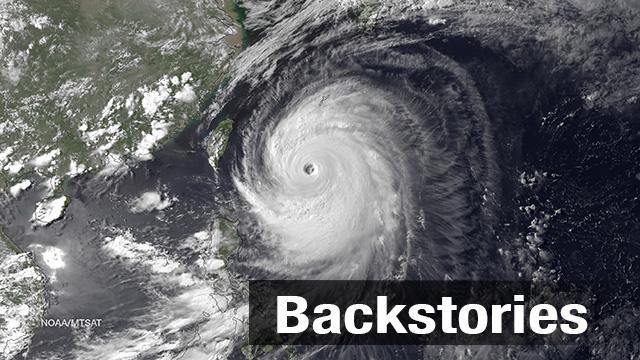"Olympic Typhoons"
August 1960 saw five tropical systems simultaneously churning over the northwestern Pacific. They were dubbed the "Olympic Typhoons" as it was the year of the Rome games. Five storms emerging over a single basin is extremely rare, even for the northwestern Pacific, known as the world's most cyclone-prone area.
Typhoon statistics
Each year, there are about 80 tropical systems, including typhoons, hurricanes, and cyclones. Around 25 of these form in the northwestern Pacific, home to typhoons. China is the most tropical cyclone-prone country in the world, followed by the Philippines and Japan.
2018's busy typhoon season
This year's has been an exceptionally active typhoon season, even for these frequently-hit countries. 25 named storms had formed by the end of September, the most since 1994.
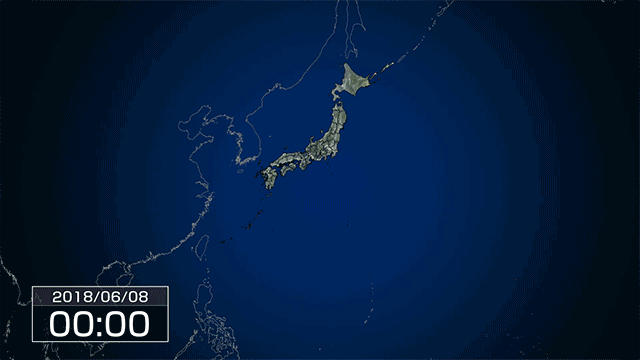
And it isn't just the frequency; the strength of these storms has also been unusual. There are on average 2.3 "violent" category storms a year; there have been 6 so far this year.
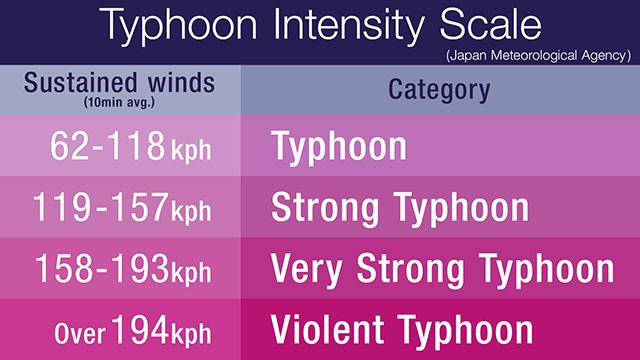
Warm weather
This summer’s record heat is behind the active typhoon season. Japan, South Korea, and China all experienced one of their hottest summers on record. Japan and South Korea both hit record-high temperatures. The warm weather heated up the ocean, leading to more typhoons developing.
In addition to warmer ocean temperatures, the southwest monsoon was stronger than usual. The southwesterly winds collided with the easterly winds blowing around the Pacific high, causing more disturbances.
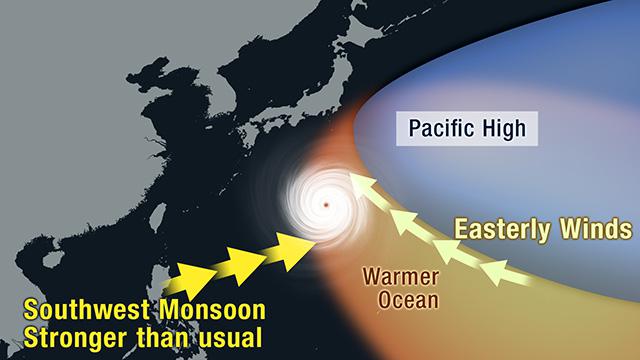
Impact on Japan
As an island nation, Japan has no barriers to protect itself from typhoons. 2.7 storms on average make landfall on the main islands every year. There have been 5 this year and 10 others have approached the country. It has been one of the country's busiest typhoon seasons.
The following three storms left their mark on the country:
Jongdari
Normal storms move from southwest to northeast near Japan, but Jongdari went in the opposite direction. It made landfall in the eastern Kii Peninsula in late July and moved west, the first typhoon to do so since recordkeeping began in 1951. Two dozen people were injured and Tokyo’s biggest fireworks event was postponed for the first time in 21 years.
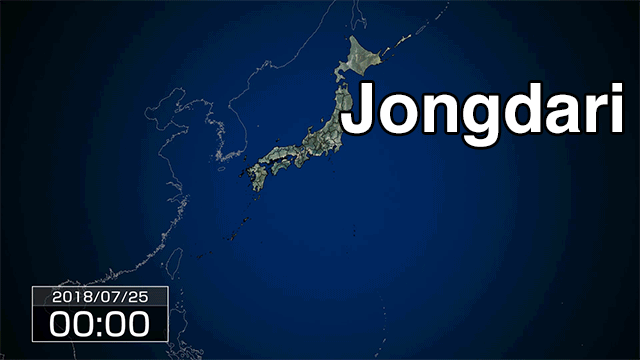
Jebi
The most disastrous storm of the year made landfall in Shikoku in early September categorized as a "very strong" storm. It was the strongest typhoon to hit the country since Yancy in 1993. Jebi drifted over the Osaka area, leaving a trail of destruction. Osaka Bay recorded its highest water level in history. Kansai International Airport was flooded, with a road linking the airport to the mainland being cut off after a ship was crushed against a bridge.
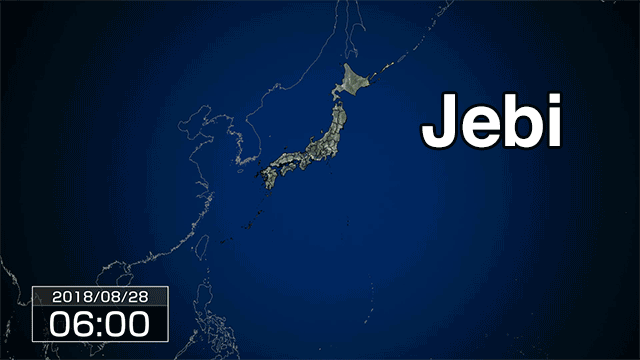
Trami
This storm stalled near Okinawa in late September, with record-breaking 202 kph gusts. It accelerated and made landfall in the western Kii Peninsula as a "very strong" typhoon, making 2018 the first year two storms of that category hit the country in the same season. Tokyo experienced significant wind damage and traffic disruption. The East Japan Railway Company cancelled all evening services in metro Tokyo for the first time in history. The storm left several people dead and dozens injured.
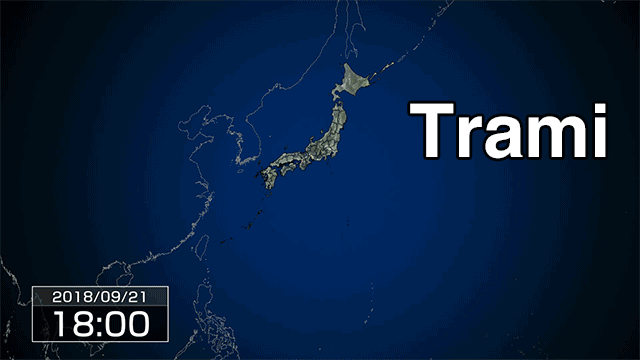
More intense storms coming
One report says the intensity of typhoons making landfall in Asian countries has become stronger over the last several decades. And Nagoya University predicts that a "super-typhoon" class storm with sustained winds of over 212 kph (10-min average) could hit Japan for the first time ever by the end of the century due to climate change.
Organizers and government officials will be hoping it will be a quiet typhoon season during 2020 Tokyo Olympics, unlike the “Olympic Typhoons” eighty years earlier.
